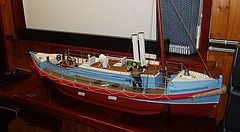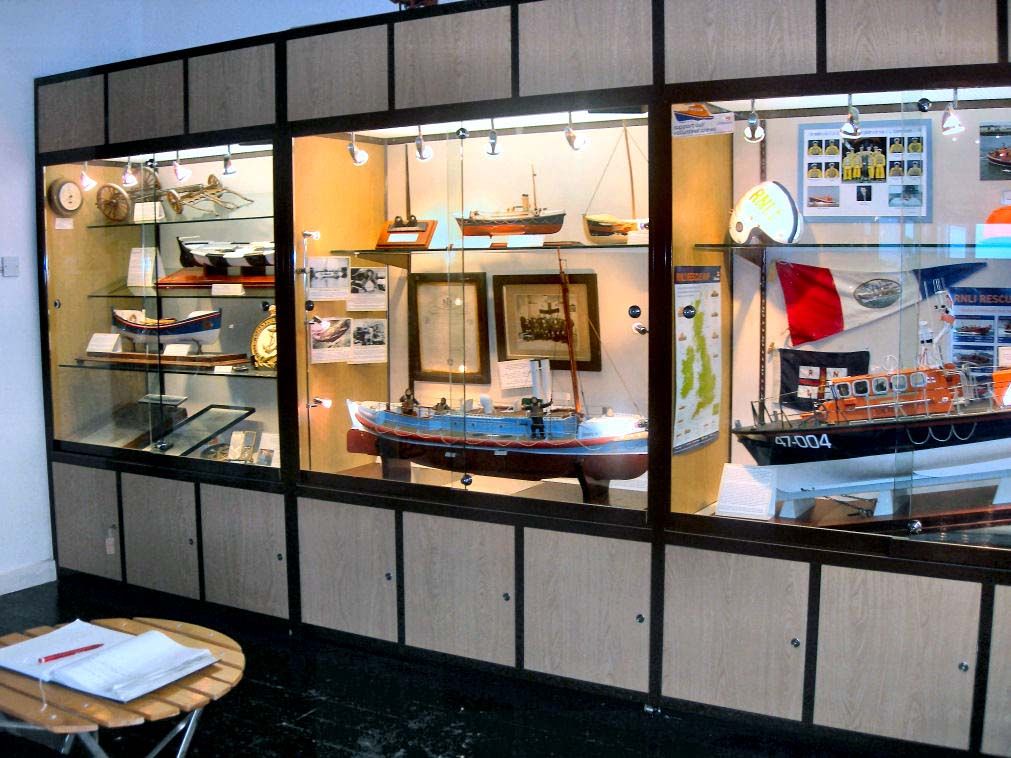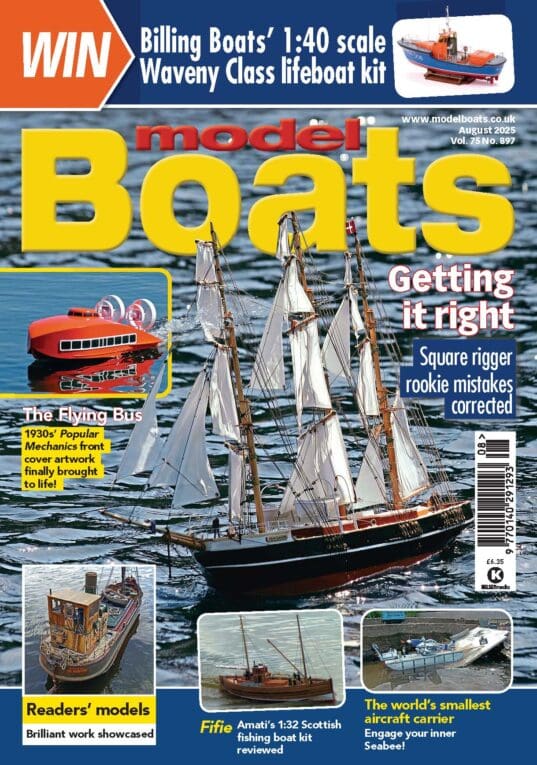Hello Neil.
Re creating a set of plans from just photographs.
That is what I did using Delftship then Freeship (both have the same origin, but you now have to pay for delftship).
The first decision to be made is chine or non-chine – I did this from studying many photographs, the best being ones where the boats had been pulled up onto the mud, propped up with poles, and workers scraping off the seaweed etc that fouls the hulls, and adding their mixture of hot animal fat mixed with lime to control the Toredo wood ship worm. This is why they look white below the waterline. I chose non-chine.
Then you need to indicate how many stations you will need – I chose 20 so that I could control the overall shape to keep it ‘true’. I forget the technical term (sorry) but the program provides you with a few “major” control lines that you push and squeeze to the shape you want, so that the cross-sections are approximately what you want (as you define from studying the photos). The side view allows you to adjust the sheerlines, deck location, rake of stern and bow etc (again guided by photos). The plan view (top view) allows you to nudge the beam towards the length-width ratio photos tell you it should be, the location of maximum beam, the shapes of the bows and transom or pointed or rounded stern. Moving the major control lines is good because the other lines move in response to the changes you are deliberately making. Be aware that you are working in a 3D environment, so should frequently check the other views to see that what you are doing is what you want to have happen!
Gaining symmetry is not a problem as you are really only working on half of the model, the other portion being produced as a mirror image (this is only a nuisance when you are designing asymmetric catamaran hulls.)
I used the 3D program mainly for creating the complex-curve portions, leaving such aspects as superstructure etc till later on, once I had created full-model size plans.
One difficulty I experienced (and this may have stemmed from lack of understanding of this aspect of the FreeShip program) was that it produced a bitmapped image of the complete plan (side view, forard and aft hull section halves, plan half) to a certain size that was not at the full-size I wanted for my model. The problem with this is that when enlarged each of the linesbecome jagged and blocky and thick. My solution was to import the image into a program that could do vector drawing (such as Photoshop). The big advantage of this is that the lines are mathematical so enlarging considerably still produces thin accurate curved and straight lines.
Hope that goes some way to providing an answer to the question “Can you produce a set of accurate plans from just photographs?”
Cheers, Keith.






 the answer is to get it right with half the boat and then to make a mirror image. This is easy with the better editing programme that I have as a photographer where you have layers, though actually I know I could do it with my very basic MS ‘Paint’ programme which I use for simple jobs. If you have half of the drawing you can copy it, paste it back, flip the copy horizontally and then being careful not to ‘click’ anything move it into register with the original …. naturally you have to first increase the ‘canvas size’ to accomodate the double drawing.
the answer is to get it right with half the boat and then to make a mirror image. This is easy with the better editing programme that I have as a photographer where you have layers, though actually I know I could do it with my very basic MS ‘Paint’ programme which I use for simple jobs. If you have half of the drawing you can copy it, paste it back, flip the copy horizontally and then being careful not to ‘click’ anything move it into register with the original …. naturally you have to first increase the ‘canvas size’ to accomodate the double drawing.

